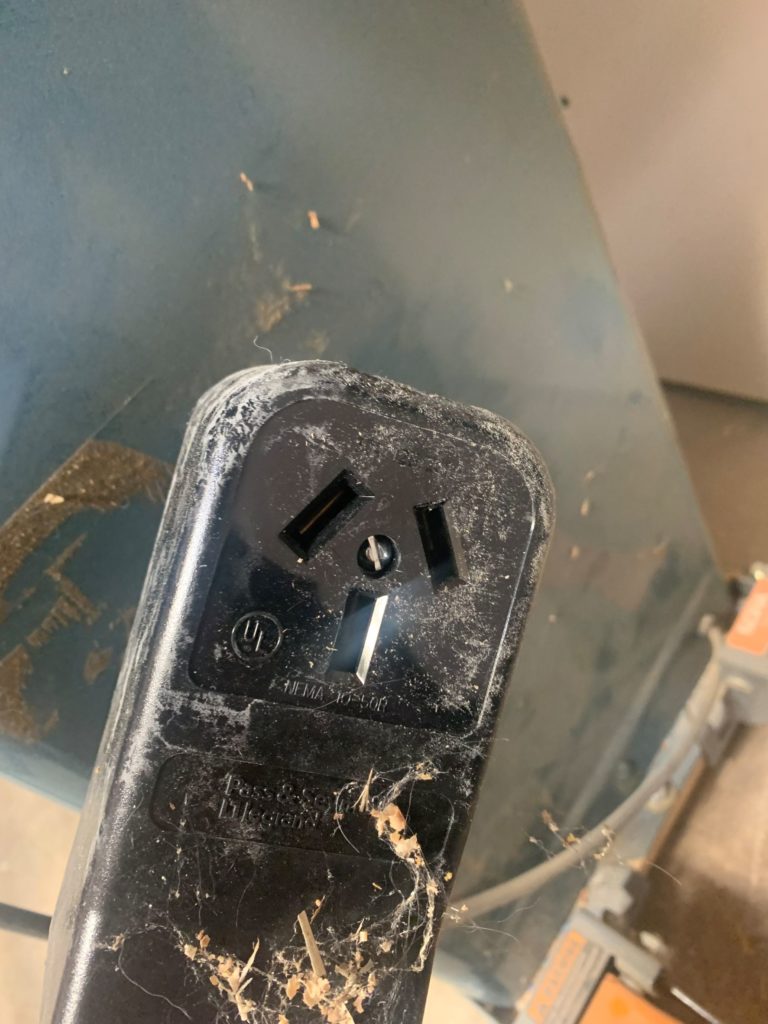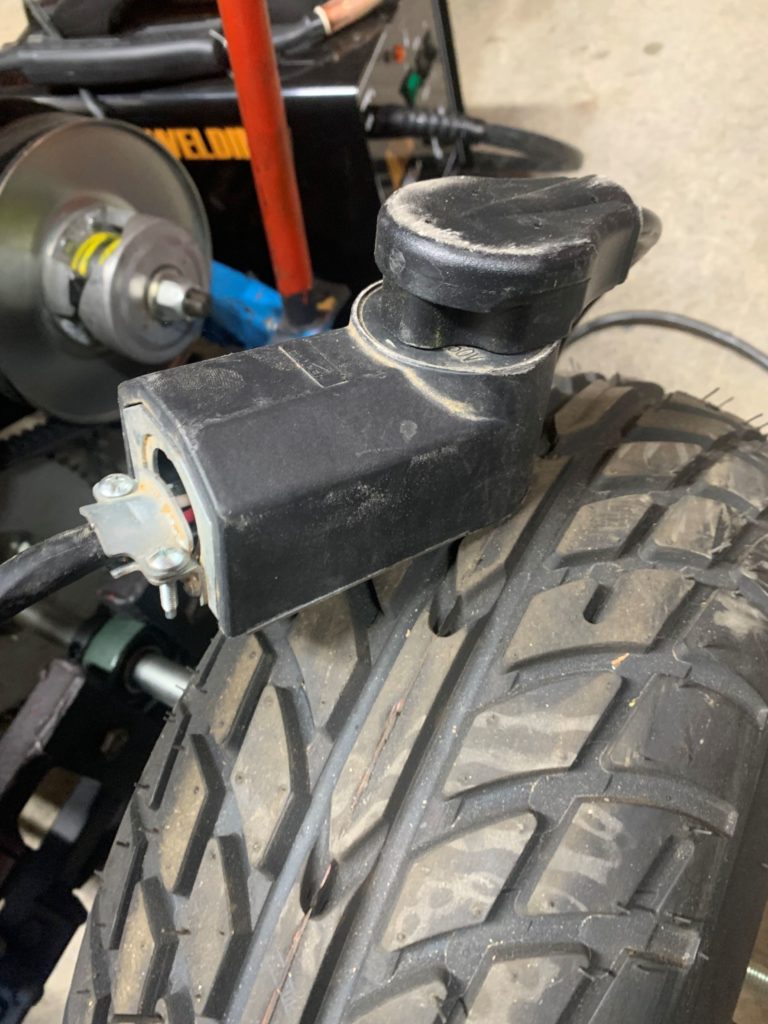I’m going to keep this short (it think). When my son borrowed my dad’s welder, we had to power it. What had been extremely variable as long as I have known is the electrical connection. Researching ranges and clothes dryers, I know that the male end of the connector is very variable (can I say ‘male end’ anymore). As far as I know, you pick the male plug to match the female end of the plug in.
Getting back to the welder, I bought a new plug-in to match my dad’s welder. But, now my son bought a welder and it did not match what my dad’s was. He wanted me to change it to work, I had a different idea.

What I choose to do was make an adapter. In this case, it was an adapter and an extension cord. Because the welder had a ten foot cord and my outlet had another ten feet, it was beneficial to add another 10 feet in between. I happened to have ten feet of 10/4 cable from one of my annual apartment remodels.

I guess my point is that if you have a 220V appliance and you have a connector that doesn’t match, maybe the solution is to make the appliance match the female end rather than make the equipment match. Using this approach, then I think that you will have several adapters to make your equipment work.
If you don’t know as well… and four conductor cable contains two hots, one neutral and a ground. When this protocol was established, it was two hots and a neutral, no ground. In these days, a ground and a neutral are the same place. But, when there is no officially termination of the ground, it gets deleted or cut from contact and ignored.
End Your Programming Routine: I suppose what I am saying is that if you are wiring 220V, you have to figure it out. Don’t make a concrete commitment, make it something that you can roll with. That means, make an adapter, not just change the plug-in but change the adapter. From a safety point of view, ground is better but don’t worry if you have proper wiring, especially at the panel.
Recent Comments